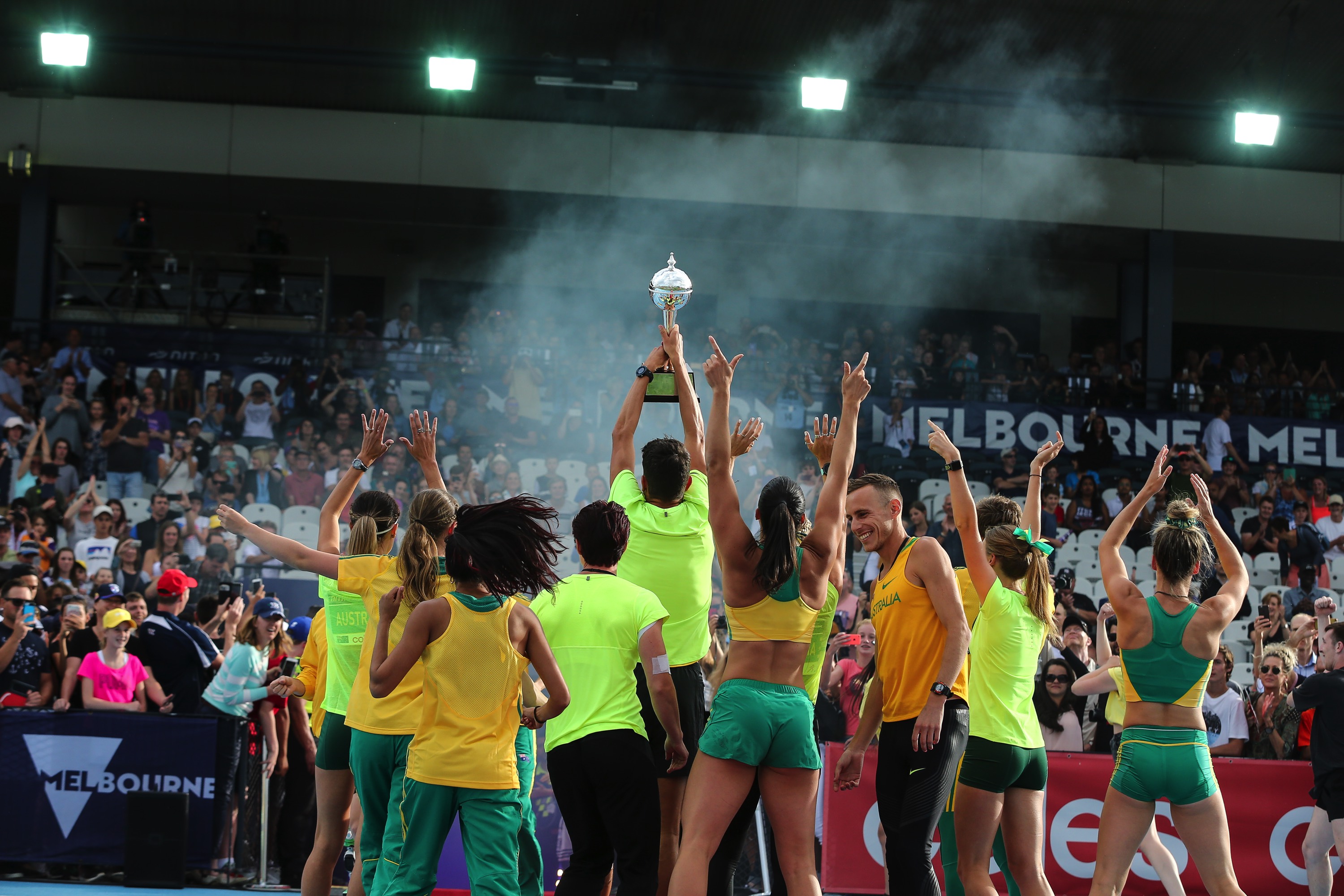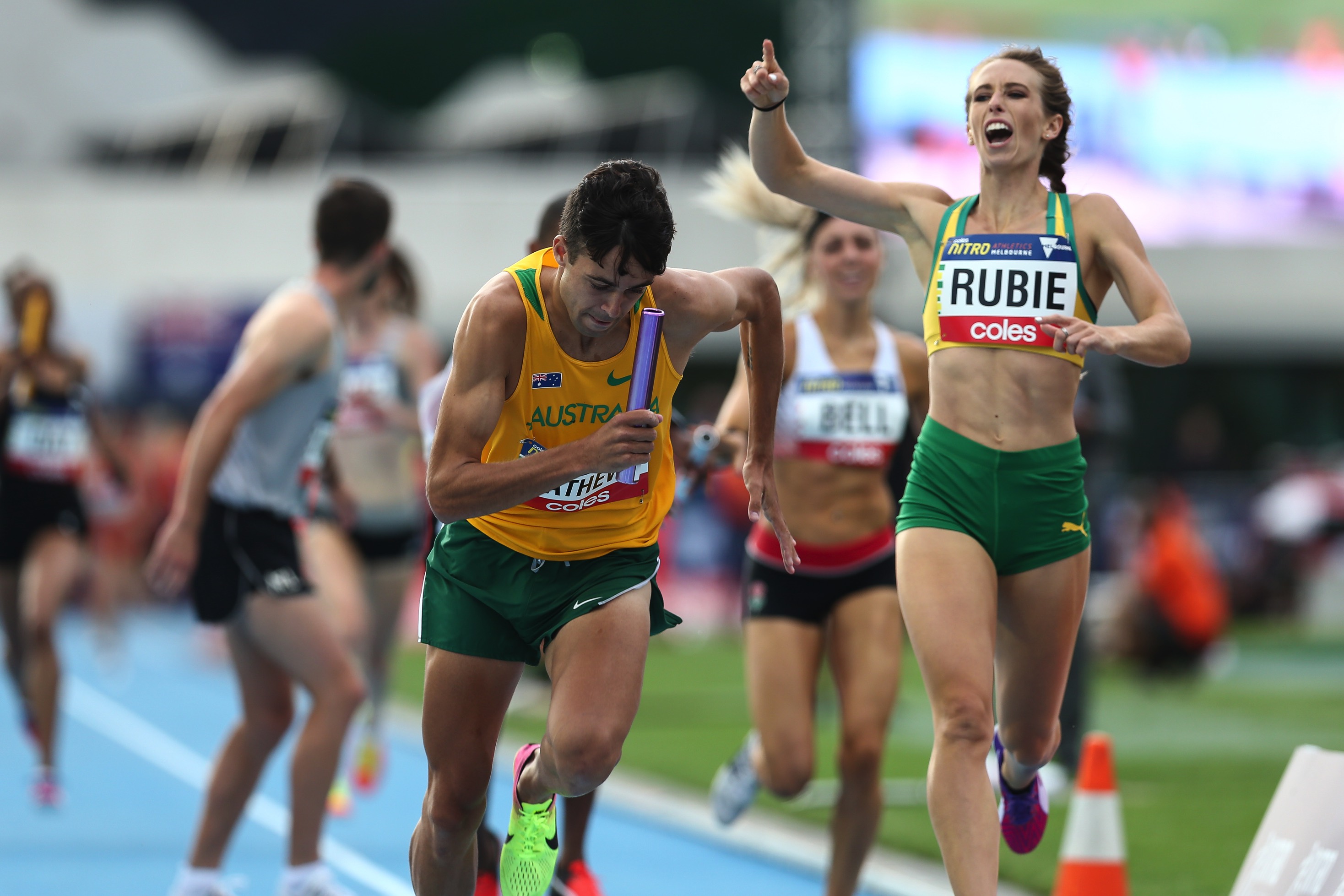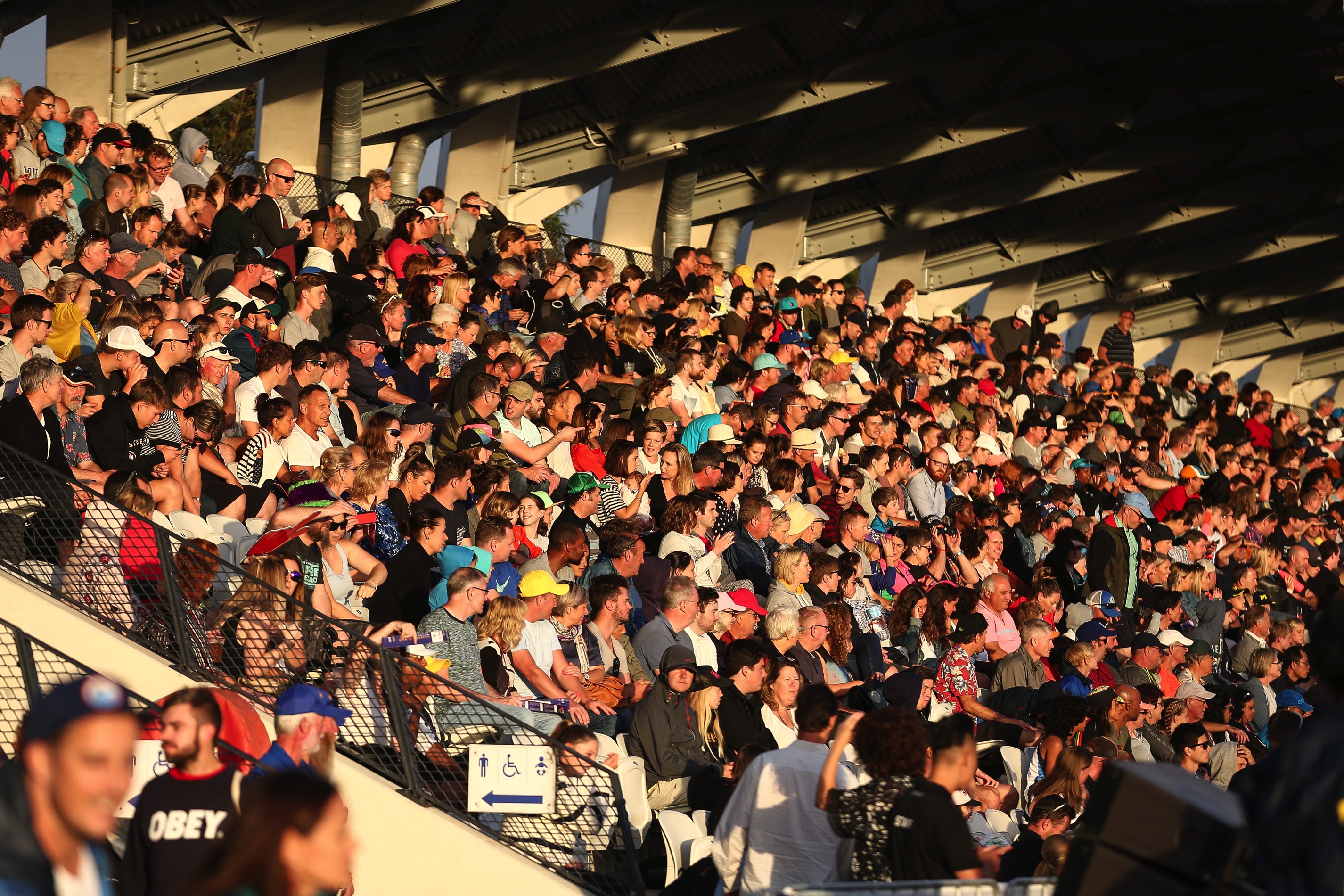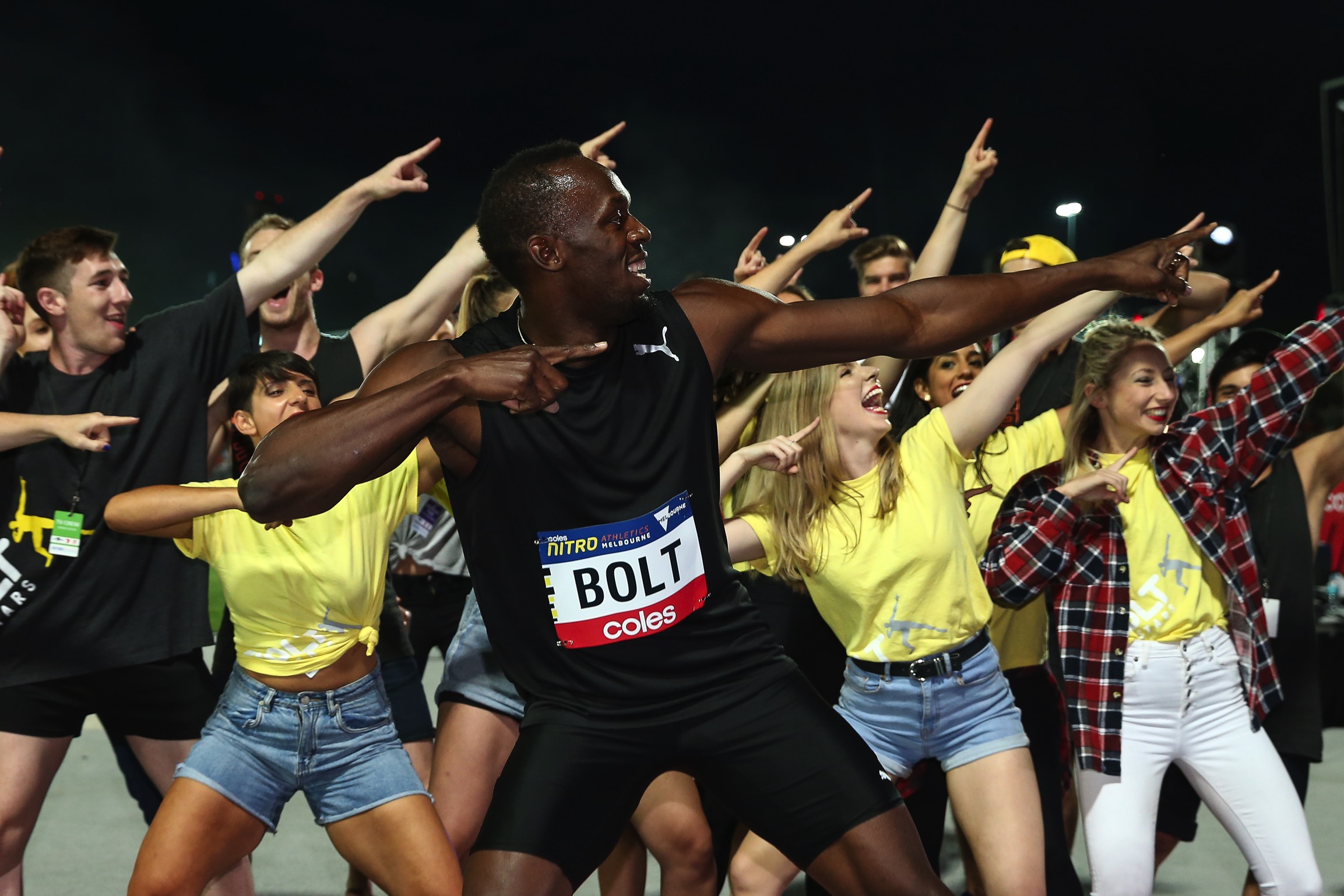Written by Mitchel Brown – Runner’s Tribe
The weekend of February 11 and 12 was a big one for athletics at Lakeside Stadium.
Less than 12 hours after the curtain came down on the third and final evening of the inaugural Nitro Athletics series, the action (for lack of a better word) resumed at Melbourne’s home of athletics for the climax of the Victorian interclub season, the Athletics Victoria Shield Final.
If you happened to be in attendance for both events, you’d have been presented with a stark juxtaposition between marketing innovation and grassroots tradition. You may well have also walked away from it all with the view that club athletics is in dire need of a similar shake-up to what Nitro has given elite athletics.

Even the biggest sceptics must surely acknowledge the maiden Nitro series has been an overwhelming success, and while it remains to be seen if the revolutionary new concept does indeed represent the future of athletics, it’s hard not to feel like the Shield Final is a relic that belongs in the past.

Where Nitro pulsed with frenetic energy, the Shield Final felt dull and listless. Where Nitro excited and engaged its crowd, the Shield Final inspired detached apathy at best and outright boredom at worst. Where Nitro produced easy-to-follow, head-to-head battles through its team-based format, the Shield Final buried its underlying team structure beneath a complex scoring system. Perhaps most significantly, where Nitro was done and dusted in just a few short hours, the Shield Final dragged interminably.

Of course, direct comparisons are not warranted across the board. It would be foolish to believe a participation event designed with competitors in mind could or even should attempt to emulate what is largely a giant marketing exercise designed with spectators in mind and which benefits to no end from the presence of the world’s fastest man.

Still, with the Victorian interclub system built on hundreds of years of tradition and rivalries that have pitted some of Australia’s all-time greats head to head, the Shield Final should have been abuzz with parochial passions as athletes fought tooth and nail for the right to declare their club the best in all the state.
Instead, wandering through the stands, around the concourse, and across the track at Lakeside, the overwhelming feeling was that very few of the athletes, coaches, or other club representatives present really wanted to be there. Given the near 12-hour event program required those present to endure (among other things) no less than eight steeplechase heats, twenty 1500m heats and a whopping sixty (!) 400m heats with only periodic flashes on the scoreboard to give any context of team standings, it’s not hard to imagine why.
The whole situation begs the question of for whose benefit the Shield Final is being run, so perhaps an acknowledgement of this universal indifference is required to begin seriously addressing the issue. To be fair to Athletics Victoria, the current administration has largely inherited the existing Shield system and has acknowledged its many shortcomings. It has also implemented a number of changes across both the final and the season proper in an attempt to improve the competitor experience, but these have fallen more into the category of minor tweaks than that of wholesale reform.
This conservative approach seems to have been taken with the intent of largely preserving the current model for the more traditional and change-averse elements of the Victorian athletics community, but the evidence suggests there is little in the existing system worth preserving. Rather than shuffling deck chairs on the Titanic, it’s time to blow the ship up, send it to the bottom of the ocean, and start from scratch.
Victoria boasts athletics participation levels and a vibrant club culture the envy of every other state. Recreational opportunities such as parkrun and a jam-packed fun running calendar have been seen as a threat to the traditional club model, but one need only look at AV’s excellent XCR winter series of cross country and road racing events for evidence of the strength of the club network. What’s more, the success of Nitro’s team-based concept has shown that, under the right circumstances, even the most individually minded elites still enjoy the chance to be part of a winning team.
That the existing Shield system fails to generate similar enthusiasm, then, speaks not of a club system that is no longer relevant but of a competition format that no longer captures the imagination.
Rectifying that doesn’t necessarily require elimination miles and target javelin throws – just an engaging, concise, and easy-to-follow format that provides a good level of competition and brings the club-versus-club element to the forefront once more. But the initial responsibility for this lies with the wider athletics community, which must first acknowledge the need for change and a desire to see it implemented.
Nitro has set the tone for innovation, and it may well prove to be a fillip for Victorian athletics by driving up participation rates in the short term. It’s now time for club athletics to have a revolution of its own to ensure those coming into the sport – and, for that matter, many of those already in it – remain there in the long run.
















Bravo! Couldn’t have said it any better, av shield is a dinosaur living in the modern age, it’s past its prime and needs a shake up. Too many of the old guard are running clubs and won’t let go and try to innovate.